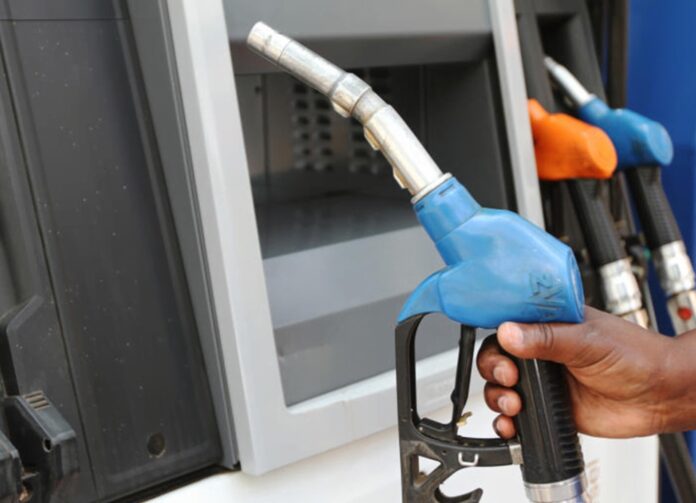The Energy and Petroleum Regulatory Authority (EPRA) has released the Energy and Petroleum Statistics Report for the financial year 2023/2024, revealing significant progress in energy generation, distribution and consumption patterns across the country.
A key milestone in the annual EPRA report is the gazetting of the Energy (Net Metering) Regulations in June 2024 which promote the use of renewable energy technologies by providing consumers with energy storage on the grid.
“This past year has seen significant progress, especially with the increasing adoption of captive power generation by commercial and industrial consumers. Its affordability, ease of installation, and favorable government policies have driven this growth,” said Daniel Kiptoo, the EPRA Director General.
“Captive power now contributes 532.6 MW, representing 14.11% of the total installed capacity, with solar PV at the forefront, followed closely by biomass”
Carbon dioxide emissions from electricity generation also dropped by 29.6% from the previous year. The grid emission factor also fell by 34%, from the previous year. This improvement is mainly due to a 21% decline in thermal power generation, which decreased from 1,320,000 MWh to 1,042,031 MWh during the period.
The reduction underscores the energy sector’s growing contribution to environmental sustainability by minimizing its carbon footprint, advancing cleaner energy sources, and supporting national and global efforts to combat climate change.
EPRA cuts fuel prices: Petrol down Sh. 8.18, Diesel Sh. 3.54, Kerosene Sh. 6.93
Other key statistics on the performance of the electricity, petroleum and renewable energy sub-sectors during the financial year 2023/2024 include:
Electricity
-
During the review period, the Time-of-Use (TOU) tariff, introduced in December 2017 for commercial and industrial customers and extended to small commercial and e-mobility customers in April 2023 saw beneficiaries register savings amounting to Ksh. 1.838 billion.
-
The amount of electricity generated rose by 2.98% from 13,289.63 GWh in the 2022/2023 financial year to 13,684.63 GWh until June 2024.
-
The peak demand for electricity rose to 2,177.13 MW, from 2,149 MW in the previous year, and was recorded on 21st February 2024.
-
The cumulative number of grid-connected customers stood at 9,659,877 as at June 2024 representing a 4.86% growth from 9,212,581 customers in June 2023.
Renewable Energy
-
The total installed capacity of renewable energy sources stood at 2,859.4 MW, accounting for 80.04% of Kenya’s total installed capacity.
-
During the review period, 83.00% of the energy supplied to Kenya’s national grid came from renewable sources.
-
The annual energy generated from interconnected solar PV systems increased by 6.68% from 443.95 GWh in the previous review period to 473.62 GWh.
Petroleum and Gas
-
The demand for Liquefied Petroleum Gas (LPG) increased to 360,594Mt from 333,830Mt in 2022.
-
Domestic demand for petroleum products decreased by 2.10%, totaling 5,460,436.82 cubic meters compared to the previous financial year.
The report comes at a crucial time, as Kenya continues to solidify its position as a clean energy leader across Africa.








